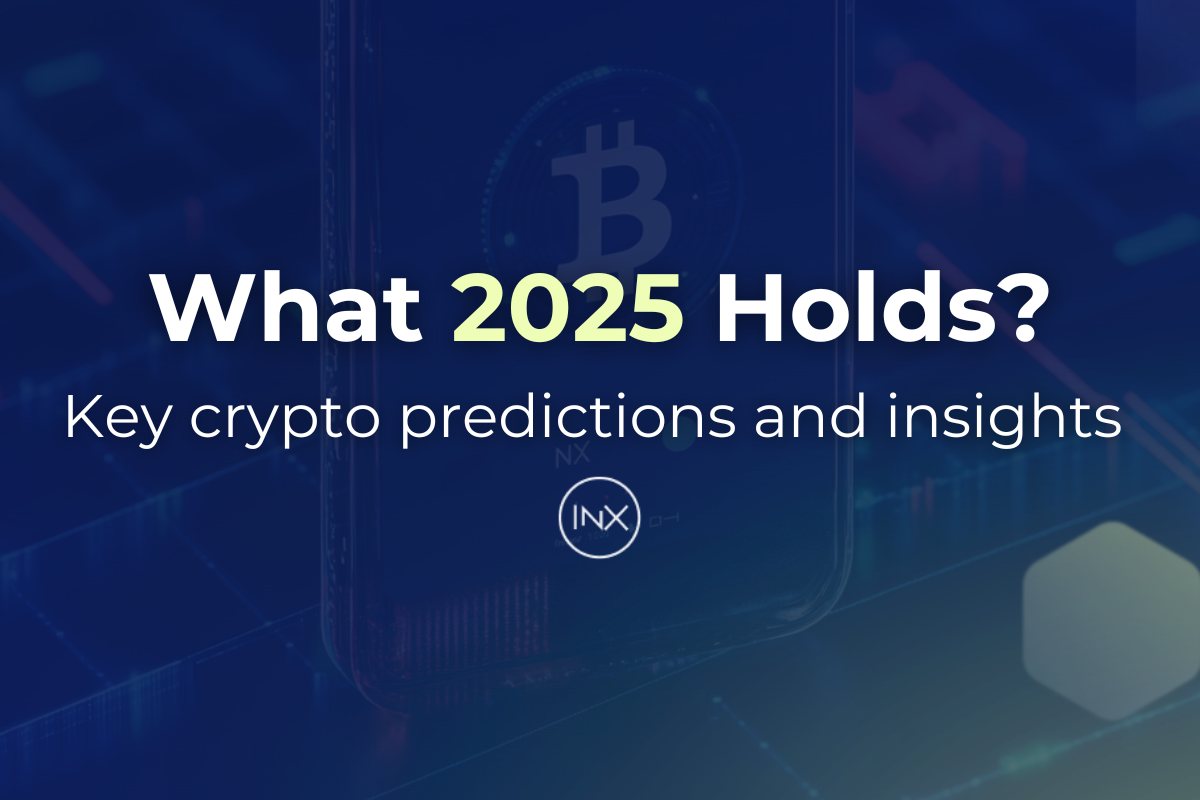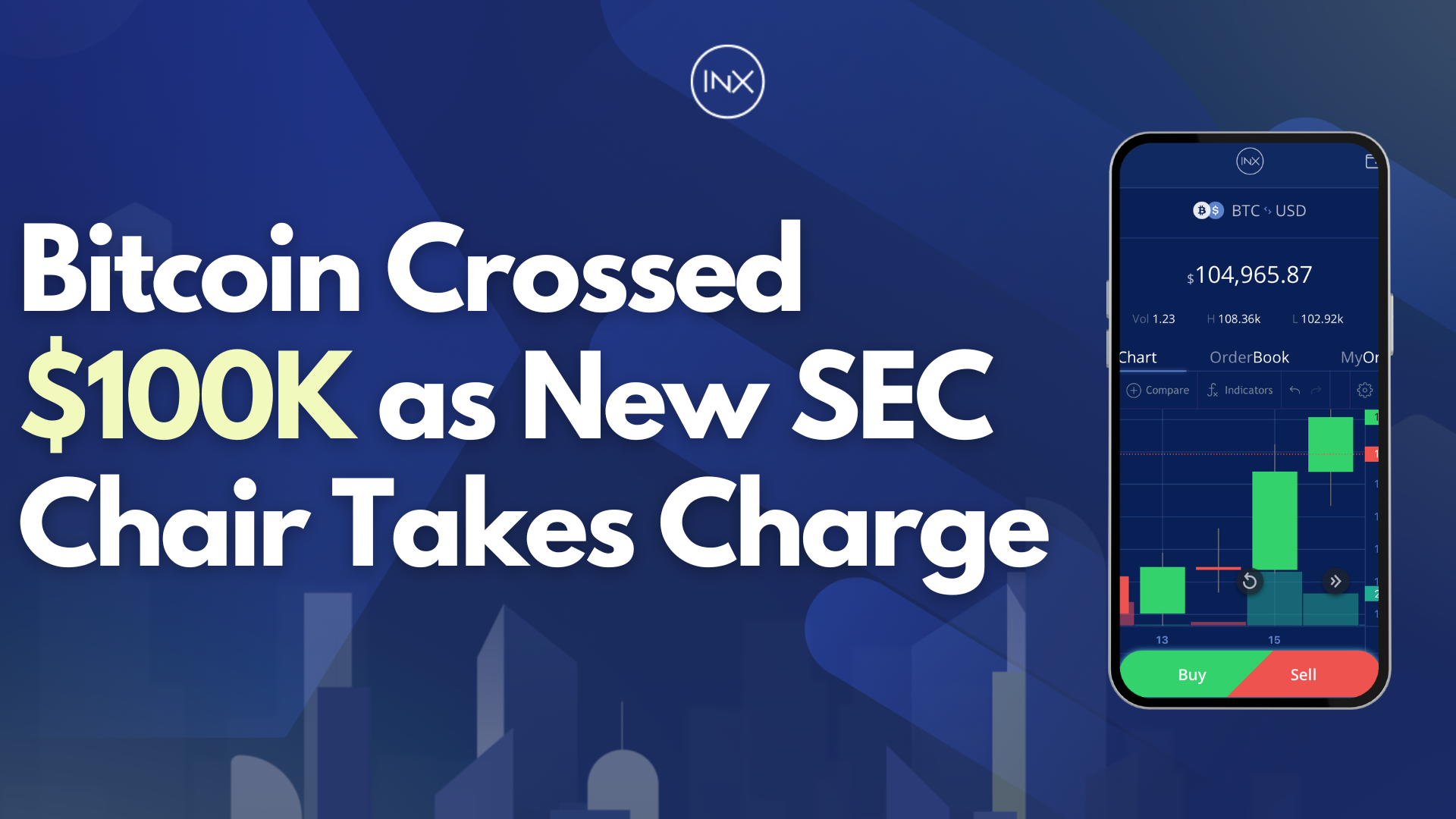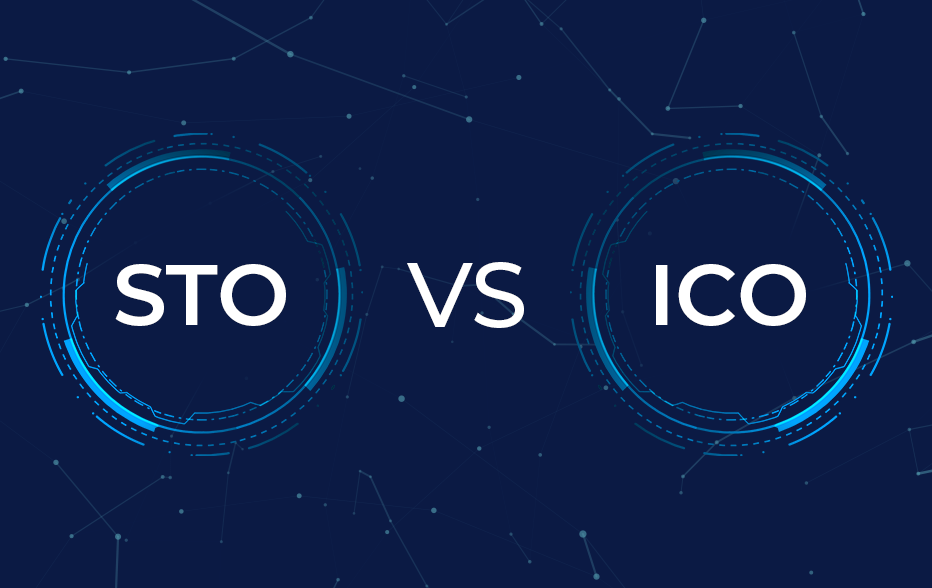A Fundamental Analysis Framework For Crypto

Thirteen years after the creation of bitcoin, the world’s first cryptocurrency, there are thousands of different active tokens. At INX we allow users to buy and sell many of these tokens that run across diverse blockchains. In such a large ocean, separating the future mainstays from the scams and Ponzi schemes seems harder than ever. With the 2020-2021 bull market over, we think this bear market is an opportunity to put in the extra effort needed to conduct fundamental analysis on crypto tokens. We propose the following framework to help you identify green and red flags for every crypto opportunity, quickly. Specifically, we’ll start our analysis of every token with five fundamental questions.
- What problem does this project solve?
- Why is this token different from other tokens?
- Who is the team behind the project?
- How does this token function?
- Where is the project currently situated on its roadmap?
What problem does this project solve?
The first question we need to tackle touches at the core of a token’s reason for being. Bitcoin set out to solve the problem with fiat currency by enabling a decentralized and anonymous payment mechanism where people can store wealth without fear of confiscation through seizure or inflation. Meanwhile, Ethereum took the lead in smart-contract applications, empowering a generation of use cases for crypto across different industries. Finally, stablecoins provided the ecosystem with a peg to fiat currencies, giving predictability in their value. With so many tokens, every new one must be put under the microscope in order for us to understand if its existence is vital. A token might serve as a governance token within a specific community/project, where token holders are entitled to voting rights. Perhaps the token is used to pay for transaction costs on a new blockchain. Either way, it is a good practice to search for projects with clear use cases with a final user that can tangibly benefit from it.
Why is this token different from other tokens?
Like in many other spheres, the first-mover advantage exists in crypto too. Bitcoin is successful not only for allowing decentralization in the use of money but for being the first. If someone now proposed to create a system similar to bitcoin and call it XCoin, the natural question to ask would be: “Ok, but why would I move away from bitcoin to XCoin?”. Solid crypto projects need to know where their competitors are struggling. Major pain points usually are the speed of transactions, security, scalability, or environmental considerations. And there will likely be some tradeoffs between them, such as sacrificing security on behalf of speed. These tradeoffs are legitimate, but it is critical to know them when choosing a project, remembering that no project can be the safest, fastest, largest, and greenest simultaneously.
Who is the team behind the project?
Bitcoin and Ethereum teach us two opposite -but equally wise- lessons about leadership styles in crypto. Satoshi Nakamoto´s approach to Bitcoin is straightforward: no name, no public team, no public involvement in the community, just a whitepaper. If you understand the whitepaper, you understand everything Satoshi Nakamoto wanted the world to know about bitcoin. With Ethereum, the story is the exact opposite. Vitalik Buterin is active on social media, travels the world speaking at events, defends the protocol from the critiques it receives, and decides on Ethereum´s roadmap. When analyzing a project where the team is public, we recommend running a quick background check on its leadership. Were they involved in launching a token before? How did it go? Be aware the information found online might be distorted due to doxxing, the practice of publishing private information of people with the malicious intention to threaten or extort.

Other projects might not disclose the names of the people behind the token. In that case, it is worth asking ourselves: Why? We could argue that the lack of a public face in bitcoin ensures complete decentralization and a lack of influence in the protocol. Nonetheless, a token whose rules can be changed with the voting power of token holders and gives no info about the team should trigger some skepticism.
How does this token function?
You don’t need to become a tech expert who knows everything about each project you analyze. Still, some questions are worth asking. What is the consensus mechanism (how are transactions validated)? What blockchain does the token run on? Is it EVM-compatible? Where is the token listed for trading? Are transaction costs low enough?
The other topic critical to understand is tokenomics: the way tokens are created, distributed, and destroyed. Like with fiat currencies, a token´s monetary policy is crucial to its value, with the advantage that in crypto, monetary policy is written by code rather than by politicians. Projects might promise extraordinarily high returns to token holders but fund those returns with an ever-growing supply of the token, killing its value. Healthy tokenomics demand clear rules on how initial tokens are distributed, what are tokens used for and the rate at which new tokens come into circulation, and who and why receives them. As an example, Ethereum´s first ETHs were sold in an ICO (Initial Coin Offering) to raise funds for the project´s development. Subsequent tokens were created as a reward to miners who validated transactions, increasing supply as the network grew. Over time, Ethereum migrated its consensus mechanism from Proof-of-Work to Proof-of-Stake and approved resolutions that modify new coins allocation, reducing ETH´s inflation.
Where is the project currently situated on its roadmap?
This last question refers to an essential aspect of investing: the investment stage. Most solid crypto projects publish a roadmap, telling the project´s history and expressing its goals and the expected timeframes to accomplish them. Investing in a token at the very beginning of its roadmap implies taking higher risks, while waiting to confirm some of the goals were met reduces that risk, at the expense of a probably smaller return. In either case, the stage of the investment is a matter of personal choice.
To conclude, here’s a short guide to quick checks to do when analyzing a project in crypto:
- The token has a real use case, even if limited to a specific community
- The project is different enough from existing alternatives and has a clear advantage at least on one dimension (speed, scalability, security)
- The project´s team has a clean background or a reason to remain anonymous
- The token works well (technically) and has healthy and clear tokenomics
- The project is keeping up with its roadmap, rather than continuously delaying its goals.
INX lives by high measurements of safety and therefore, only carefully-vetted crypto assets make it onto our platform. Want to start your crypto journey? Sign up for INX!
David Azaraf January 1, 2023
Crypto enthusiast, help businesses plug into the token economy






